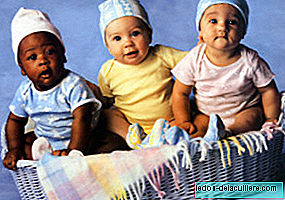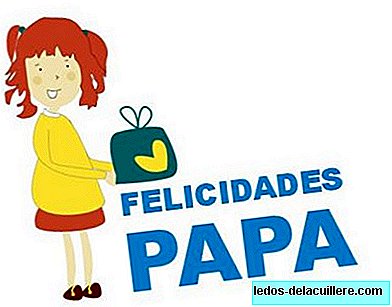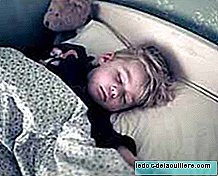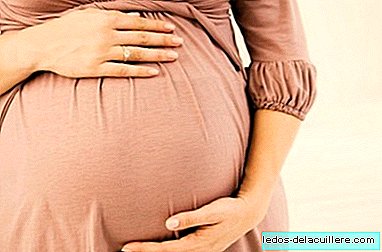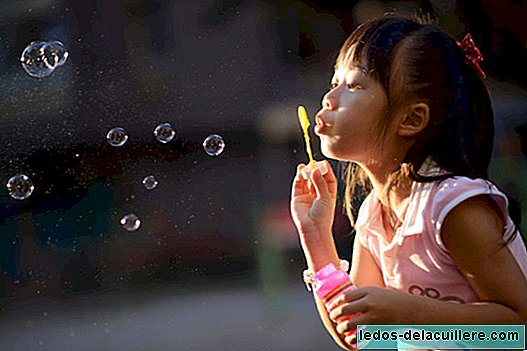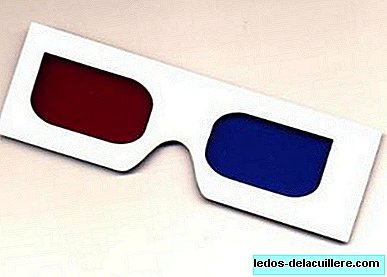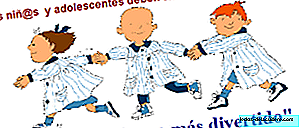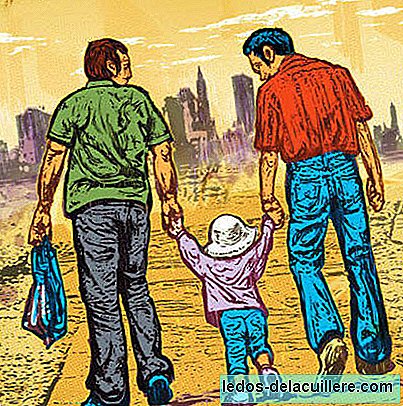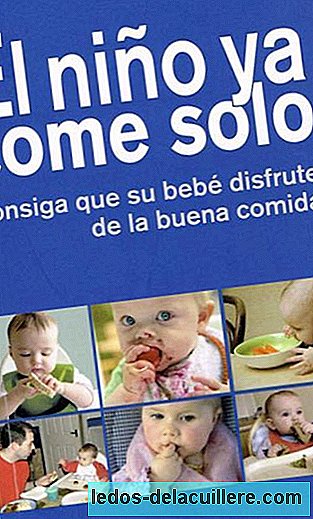
For parents who wish to know another way to introduce solids in infant feeding I recommend a good book about baby-led weaning I just read titled 'The child already eats alone'.
It has come to light a couple of months ago and is the Spanish translation of the book 'Baby led weaning' by Gill Rapley, which explains the ABC of this form of food also known in Spanish as ACS method (learn to eat alone).
It is based on the idea that the baby begins to eat alone, in small pieces, from the beginning of the introduction of solids, banishing the myth that you should start by feeding them with a spoon.
This method says goodbye to mashes and porridge and the baby is allowed to decide what and when to eat, experimenting with food and at their own pace. Something that if you remember also defends the pediatrician Carlos González.
Part of the premise that it is not natural that at the age of six months (even in some cases it is badly advised to be earlier) it is the parents who "plug" a spoon loaded with crushed food, which we have chosen arbitrarily because we believe The time has come, and in the amount we consider you should eat.
Instead, 'The child already eats alone' proposes that the baby learn to eat from a sensible way, fun and enjoying the food, in addition to contributing to develop natural skills, such as visomotor coordination and chewing.
It is a very complete guide, but very different from other baby feeding books in which recipes are given with various combinations of pureed foods.
ACS method (learn to eat alone)
In the blog we have already talked about baby-led weaning, in Spanish ACS method (learn to eat alone), as a very valid way of introducing solids in infant feeding, offering them several foods, always according to the stage in which they should be offered , and letting the children experiment with the different textures and flavors, so that they choose the ones they like best.
The introduction of solids complements breast milk or formula, which must remain the main food. It means the beginning of the child's relationship with food, a relationship that will last a lifetime, which should be as natural and healthy as possible.
The book is very easy to read, it is very clear and straightforward. The fundamentals of the ACS method are discussed, why it makes sense that the baby begins to eat alone and the benefits in the short and long term.
It also explains how the baby should be offered food so that it begins to self-regulate your diet, a key aspect for healthy eating. And another point that you are probably asking yourself, also talks about the choking risk.
I have practiced with my three daughters this form of introduction to food, but without actually knowing that it was a method. It was rather by chance or comfort, because he went from mashing to all places and making special meals for the baby, different from the rest of the family.
Gradually, and as a complement to breastfeeding, I have been offering vegetables, meats, fruits, bread, and other foods so that they themselves could take it with their hands and when they could with the cutlery.
So, I recommend the book 'The child already eats alone' if you are interested in knowing a simpler way of feeding, without stress neither for parents nor for babies, and allowing themselves to begin to decide what and at what rate to eat.
The child already eats alone
Gill Rapley, Tracey Murkett
Medici editions
28 euros
ISBN 978-84-9799-113-1


